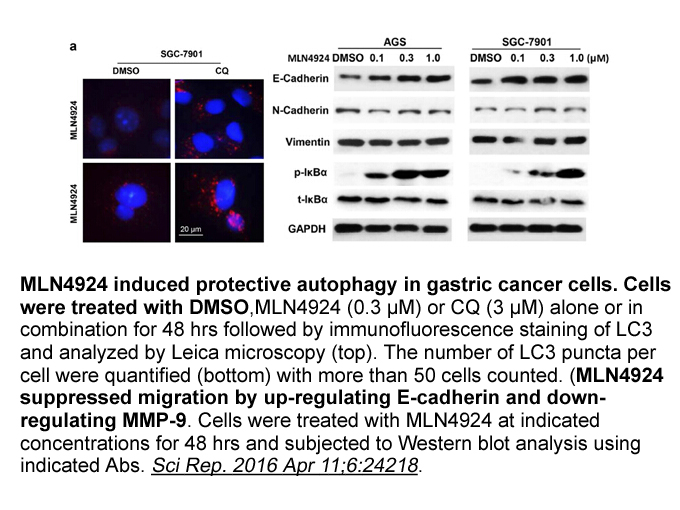Archives
br Methods We reviewed http www canadiancancertrials ca and
Methods
We reviewed http://www.canadiancancertrials.ca/ and http://www.ontario.canadiancancertrials.ca/ in order to identify ongoing bone oncology-related trials. We used the keywords: bone, bone metastasis, bone treatment, cancer therapy induced bone loss and bisphosphonates for searching. We also used http://clinicaltrials.gov/ to identify Canadian participation in international studies. We also contacted colleagues in cancer centres across Canada for additional information about local studies at their own centres.
Results
Discussion
Bone oncology is a broad and multidisciplinary area of cancer therapeutics. Given the significant impact bone health management has across a broad range of disciplines we hope this hygromycin paper will be an important step in allowing people to see the nature of studies available and potential collaborators. To further enhance these communications we have also organised a yearly bone meeting in Canada. This meeting aims to cover a wide range of topics from normal bone function, to the effects of cancer on bone as well as effects of cancer therapies on normal bone and metastatic bone disease [40].
It is clear however, that if major advances are going to be made in patient management we need more people to get involved in these types of trials and to also ensure that sustained collaborative efforts are being made. The nature of these collaborations can be both national and international but should also occur between diverse research groups and across multiple disciplines. For example, our own centre has an establis hed reputation in performing bone biopsies [41,42] and thus attempts are being made to work more closely with those groups who are experts in the analysis of the bone structure of these specimens.
Recently a multidisciplinary consensus conference was held around understanding bone biology and pathophysiology, prevention of bone metastases and cancer treatment induced bone loss [43]. It is clearly pleasing that the spectrum of basic and clinical research being performed in Canada that we had shown in this current manuscript covers almost all of consensus statements. In addition, Canadian groups are making considerable contributions to many international trials [4,23,24]. It is clear however that if major advances are going to be made in the treatment of patients—especially those with prostate, lung, renal and thyroid cancers that frequently spread to bone, that we need to change our paradigm of research. This clearly requires more discussion and coordinated research efforts.
hed reputation in performing bone biopsies [41,42] and thus attempts are being made to work more closely with those groups who are experts in the analysis of the bone structure of these specimens.
Recently a multidisciplinary consensus conference was held around understanding bone biology and pathophysiology, prevention of bone metastases and cancer treatment induced bone loss [43]. It is clearly pleasing that the spectrum of basic and clinical research being performed in Canada that we had shown in this current manuscript covers almost all of consensus statements. In addition, Canadian groups are making considerable contributions to many international trials [4,23,24]. It is clear however that if major advances are going to be made in the treatment of patients—especially those with prostate, lung, renal and thyroid cancers that frequently spread to bone, that we need to change our paradigm of research. This clearly requires more discussion and coordinated research efforts.
Introduction
Myoepithelial tumors consist of a family of morphologically similar lesions with an evolving nomenclature based on anatomic origin: pleomorphic adenoma of salivary gland, chondroid syringoma of skin and myoepithelioma or mixed tumor of somatic soft tissue and bone. Malignant forms, though rare, have been described in most sites and generally carry a poor prognosis [1–3]. Previous descriptions of this entity have described radiologic findings in adult patients [4,5]; however, X-ray, CT, MR, and FDG PET imaging findings in a pediatric-age patient have not been previously described. Furthermore, the lesion in this case exhibits a linear dense lace-like matrix on CT which has not been previously described with this lesion.
Case report
A previously healthy 18-year-old male developed progressive pain and swelling about the right knee over a 2-month period. He had no family history of malignancy. Five months prior to his diagnosis, he experienced minor trauma while playing and heard his knee “pop” when it hit the trampoline. The ensuing pain and swelling caused him to limp for several days, but the symptoms completely resolved within a week. Otherwise, his past medical history was negative. Three months after his knee injury he developed new pain and swelling of the knee; this progressed rapidly over the next 2 months by which time the knee mass measured approximately 15cm in diameter. The patient reported a 15-pound weight loss in the months leading up to the diagnosis. He did not have any other systemic symptoms.